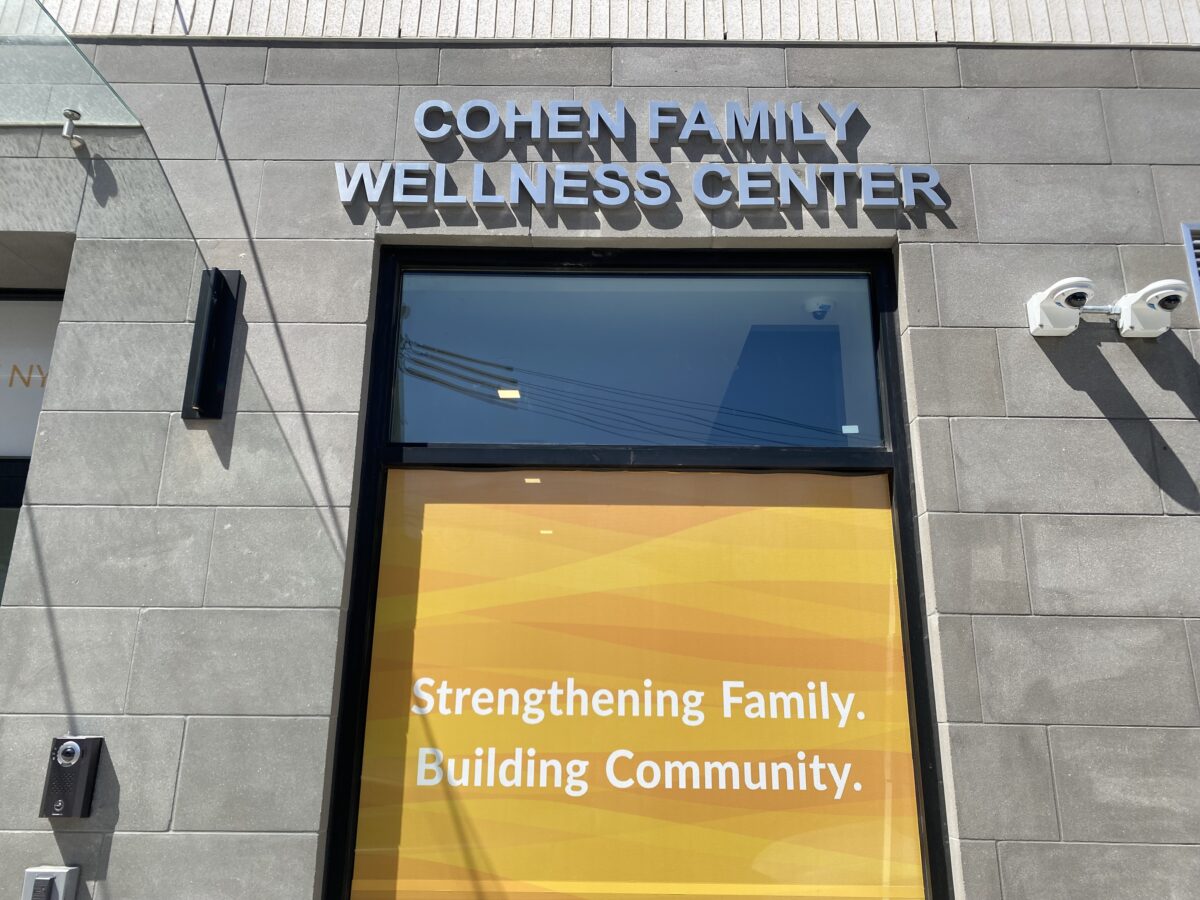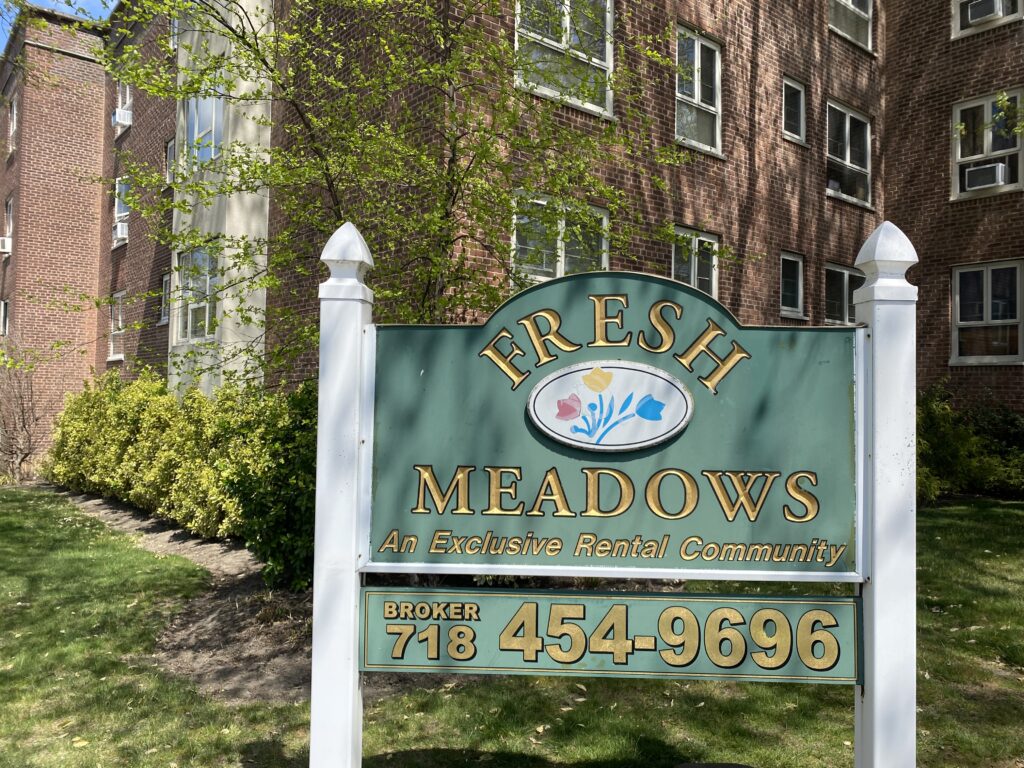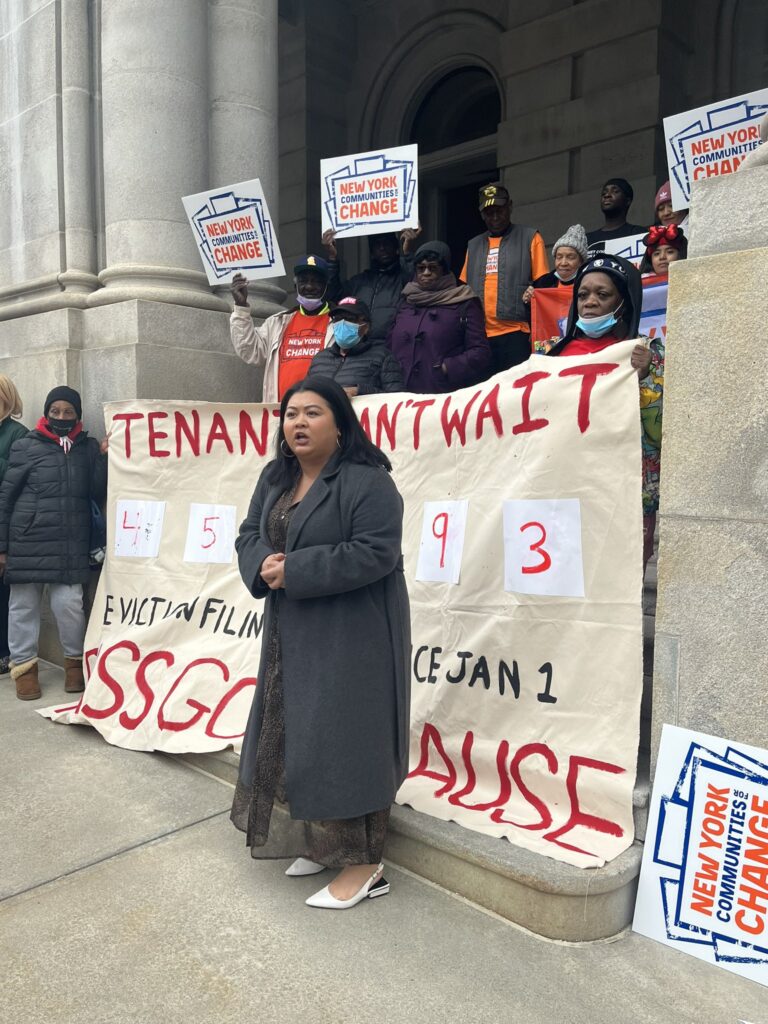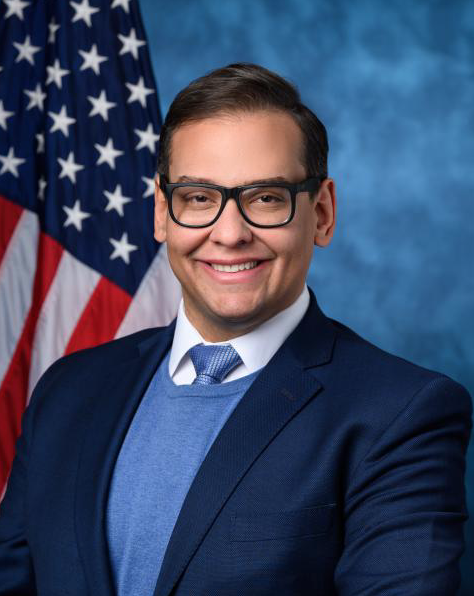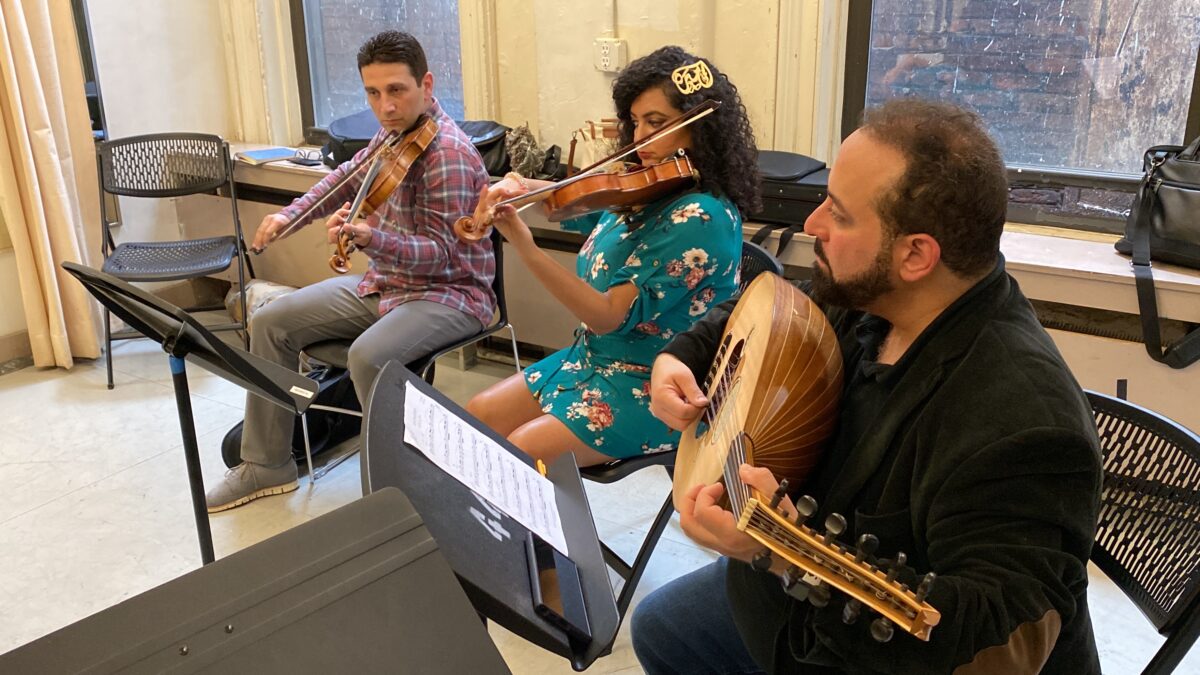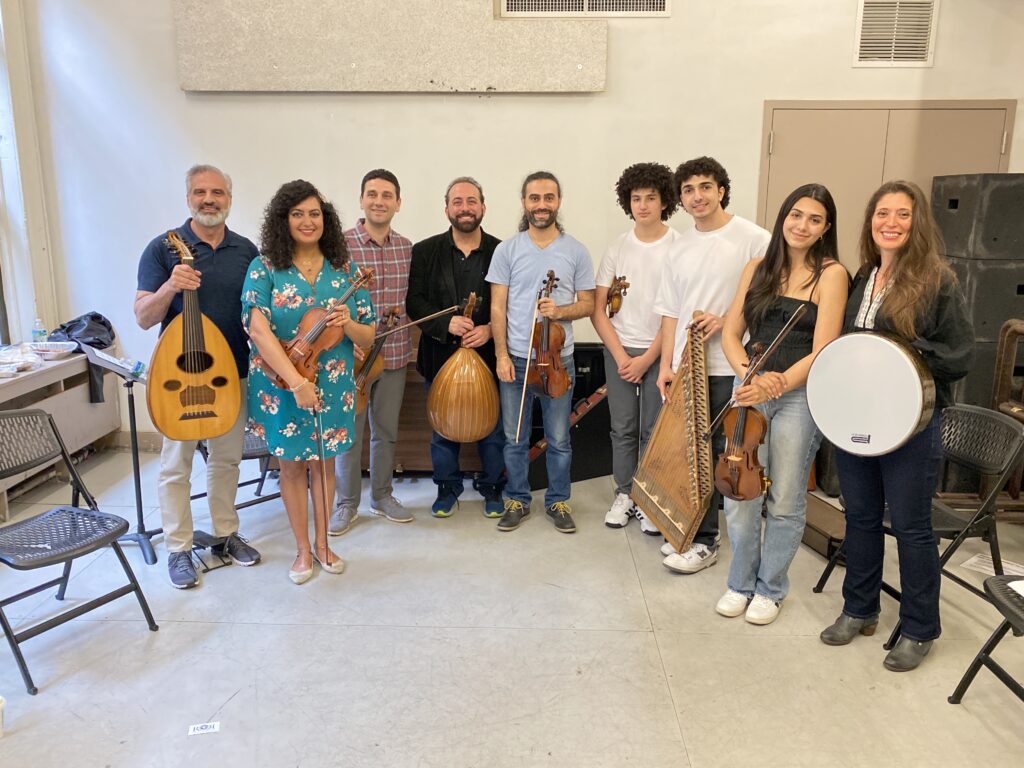Mental Health Center Revamped in Woodside
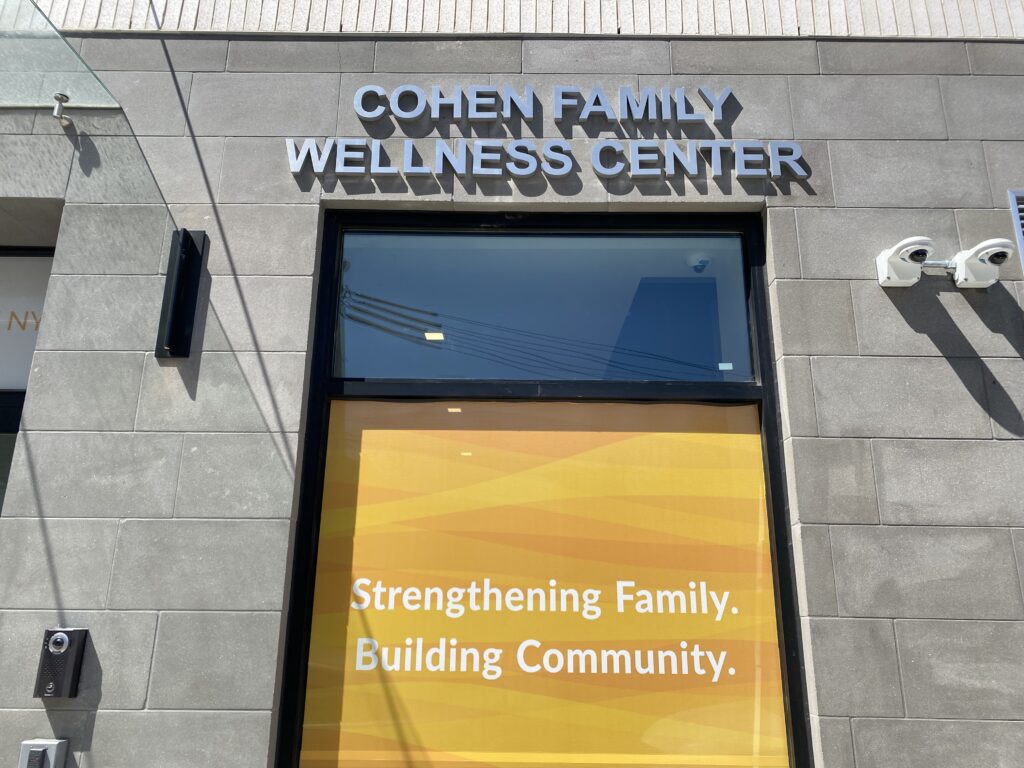
The center was renamed following the five million dollar donation from the Cohen Foundation.
By Iryna Shkurhan | ishkurhan@queensledger.com
The Child Center of NY in Woodside was renamed the Cohen Family Wellness Center after a philanthropic couple donated five million dollars to fund holistic mental health services for youth.
As a family-focused nonprofit, the center serves approximately 700 families in Queens every year through a range of programs that target a spectrum of mental health needs present in youth from birth to 24 years of age. Their cultural competency is reflected in clinicians that speak almost a dozen different languages to adequately serve all communities in Queens.
“The Cohen Family Wellness Center is a place that promotes hope, growth, and empowerment for its residents—and our city’s children need a place exactly like it right now,” said Traci Donnelly, CEO of the Child Center, in a statement. “The pandemic only exacerbated the struggles of young New Yorkers dealing with the most severe mental health challenges, and the Center is designed to fill that need.”
The Child Center of New York was founded in 1953 as a mental health counseling center in Queens. Today, it serves nearly 43,000 children and their families across the city and on Long Island. The Woodside location is one of the center’s 70 community and school sites that provide services ranging from early childhood education, an intensive outpatient program and substance abuse treatment.
“The uniqueness about the center is that we have all these programs in one location,” said Abraham Santana, a therapist at Woodside location who previously worked as a school social worker prior to 2020. “I believe the most impact I’ve made was more with individual work with the families.”
One of the center’s success stories is Jonathan Molina, a 17-year-old and life-long Woodside resident who began treatment at the center in 2020 following a psychiatric hospitalization. He experienced anxiety that manifested in overly frequent trips to the bathroom that he says began to affect his quality of life.
“I thought therapy was for people who are severe, and they needed it. But I came to realize that therapy is for people who just need a support system,” said Molina in a zoom interview with the Queens Ledger.
Santana, Jonathan’s therapist for the past two years, recounted his experience with working with Molina to reframe anxious thoughts, develop coping strategies and ultimately reduce his anxiety-induced trips to the restroom. They went from meeting twice a week, to only once a month as Molina’s symptoms improved from receiving talk therapy and medication.
“Whenever these big changes happen, I kind of tend to fall back to my original self ,just like freaking out or having second doubts about everything,” said Molina. “But I’ve always managed to come back. So each time it happens, I come back stronger, in a way because I’m more prepared and prepared to tackle these issues. So I feel like the hardest parts are just going away.”
Santana has a caseload of young clients that are working through symptoms of PTSD, ADHD, anxiety and depression. Following the COVID-19 pandemic, he also has a slew of clients that are experiencing bereavement following the loss of a family member.

A family checks in to receive mental health services.
One in 200 children in the city lost a parent or caregiver to COVID, according to a statistical analysis conducted at the University of Pennsylvania. That is nearly double the rate across the country. The data also showed that Black, Hispanic and Asian children are three times more likely to lose a caregiver than their white peers.
Molina says that one of the greatest benefits of the center is that they accept Medicaid, which makes mental health treatment accessible for him and his family. The center’s main source of funding is through the federal government, but donations like the one from the Cohen family and grants are also common.
One of their main initiatives is Alternatives to Residential Treatment (ART) which approaches mental health treatment with a holistic approach. Family involvement, particularly with parents, is central to the center’s approach to treat youth in a comprehensive way.
“Seventy years ago, The Child Center of NY started in the basement of a 99 cent store at the Big Six Towers, and thanks to this generous donation from the Cohen Family and the Amazin’ Mets Foundation, they will now be able to expand their reach and better serve our neighbors in their new facility,” said Council Member Julie Won, who represents Woodside, following the ribbon cutting ceremony on April 11.
Currently there is no waitlist for any services that the center offers in a hybrid model. Clinicians at the center also speak ten different languages including Mandarin, Farsi, Spanish and Bengali.
“Two years, three years ago, I was very lost. And I wasn’t very focused on my life,” said Molina. “And right now I feel like I have a sense of what I want to do with my life.”
He will graduate from Civic Leadership Academy in Elmhurst this spring as the school’s valedictorian. Next fall, he will study psychology at Queens College where he was accepted into the Honor Program. Molina says his experience at the center inspired him to pursue a career in the psychology field.
“We’re trying to solve a lot of traumas from previous generations. We kind of want to have a clean slate. They don’t want to reflect a parent’s behaviors,” said Molina. “So a lot of people tend to go to therapy or go to places that will provide help for them, so that they can be better parents or be better people in general.”


